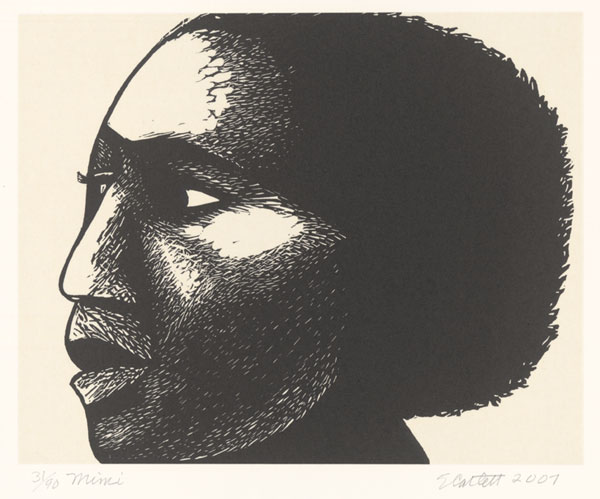During these uncertain times, SMoCA has invited artists and staff to utilize our blog Inspire as an outlet to make meaningful connections by sharing personal reflections and insight into their practice.
On Feb. 15, 2019, the Museum opened its first yearlong collection show Unapologetic: All Women, All Year, highlighting works by women-identifying artists to bring awareness to the systemic exclusion of these artists from museum collections, where women constitute an average of less than 15% of the artists in museum collections nationally. One month later, the Museum temporarily closed its doors due to the COVID-19 pandemic.
On Oct. 3, 2020, SMoCA reopened its doors, however this introspective and long look at the Collection was made available online shortly after the temporary closure, allowing audiences to access visual and written material on the works from home. Included in the physical exhibition is a wall designated for rotating works—a place to share new acquisitions and exceptional artworks by women artists—which currently has a photograph by Liz Cohen titled Fresno (2014). In addition to the rotation wall in the gallery, we have also been doing a virtual “rotation wall” on SMoCA’s Inspire blog to highlight even more extraordinary artworks by women artists in our collection.

Elizabeth Catlett (1915–2012) was an American and Mexican sculptor, painter, and printmaker whose artwork depicted the African American experience, specifically that of women, in the 20th century. Born and raised in Washington, D.C., Catlett’s family was middle-class and came from a lineage of formerly enslaved people. She was offered a scholarship to the university of her first choice—the Carnegie Institute of Technology in Pittsburgh—which was later rescinded based on her race prior to attending. Catlett went on to graduate with honors from Howard University in 1937, where her professors included artist Lois Mailou Jones and philosopher Alain Locke. For her graduate degree, she studied under artists Grant Wood and Harry Edward Stinson at the University of Iowa. She graduated in 1940 making Catlett the first African American woman to receive a masters of fine arts from that university. In the early 1940s, she spent summers in Chicago studying ceramics at the Art Institute of Chicago and lithography at the South Side Community Art Center, where she met her first husband. From 1942 to 1946, Catlett lived in New York City and spent time with influential African American writers and artists including Gwendolyn Bennett, Aaron Douglas, W. E. B. Dubois, Ralph Ellison, Langston Hughes, Jacob Lawrence and Paul Robeson.
In 1946, she received a Rosenwald Fund Fellowship to study socially focused artwork in Mexico City. While there, she began working with the socialist printmaking collective Taller de Gráfica Popular and met her second husband, artist Francisco Mora. Catlett went on to study further with sculptor José L. Ruíz and ceramicist Francisco Zúñiga at the Escuela Nacional de Pintura, Escultura y Grabado “La Esmeralda.” Remaining in Mexico, she met numerous Mexican artists including Diego Rivera, Frida Kahlo, and David Alfaro Siqueiros. Catlett later became the head of the sculpture department for the Escuela Nacional de Artes Plásticas.
Catlett’s artwork focuses on the challenges of Black people during times of segregation and the Civil Rights Movement in the United States, as well as uplifting the imagery of famous African Americans such as Harriet Tubman and Malcolm X. “I have always wanted my art to service my people—to reflect us, to relate to us, to stimulate us, to make us aware of our potential,” Elizabeth Catlett has said. In her print series Sharecropper, Survivor, and The Negro Woman, Catlett depicts everyday people in strong and powerful poses.
From 1975 until her death at age 96, she lived and worked between Cuernavaca, Mexico and New York City. Catlett received many awards and recognitions during her lifetime, including the International Sculpture Center’s Lifetime Achievement Award in contemporary sculpture. Her works are held in the collections of The Museum of Modern Art in New York, the National Gallery of Art in Washington, D.C., the Hammer Museum in Los Angeles, and the Art Institute of Chicago, among others.
Take a read through our Museum Musings series.
Back to Inspire home.
CONNECTIONS: Spark | Amplify | Immerse



